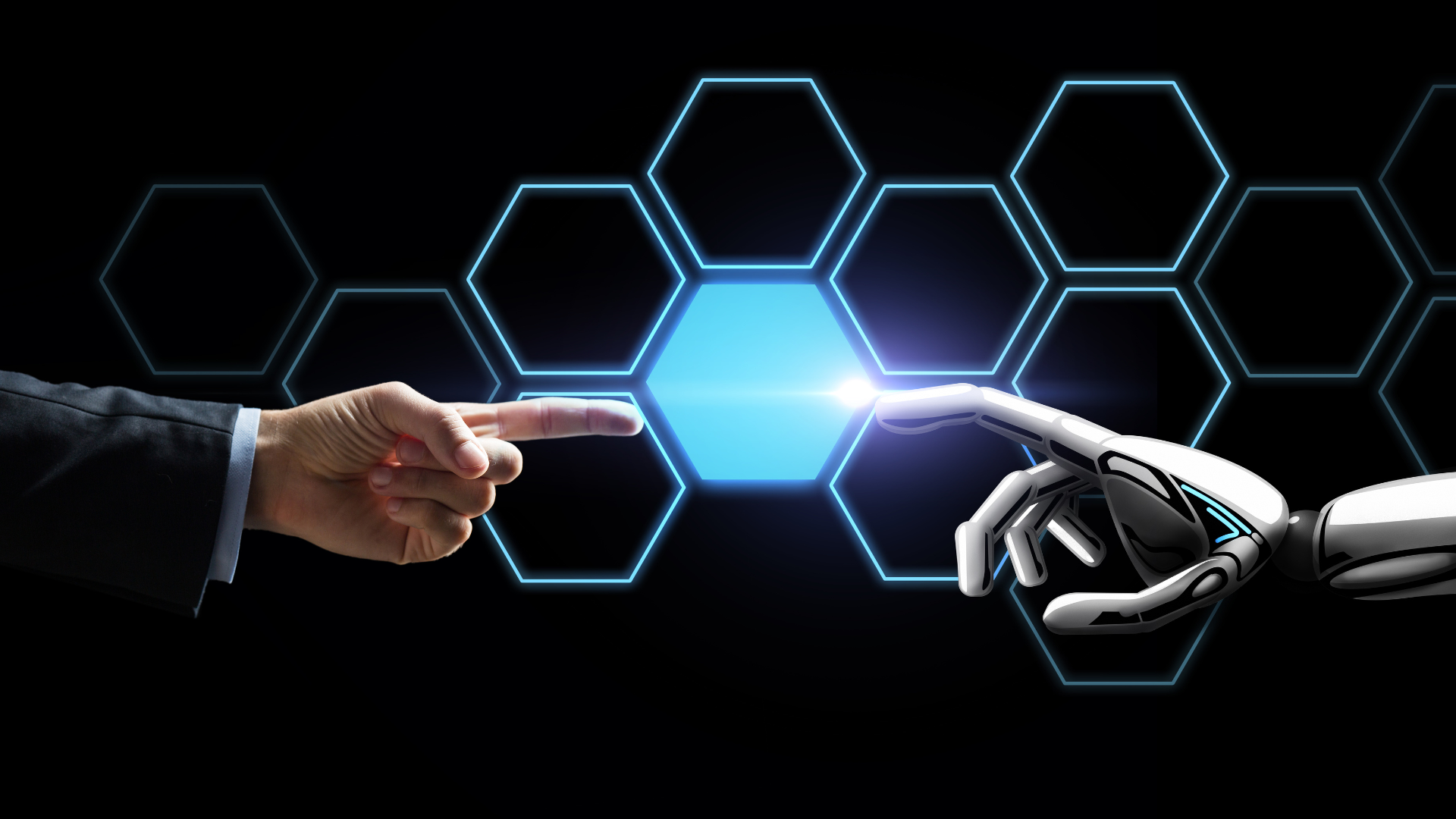Penn Study Warns of Cyber Risks in AI Robotics

The rapid integration of artificial intelligence (AI) into robotics has undeniably advanced various industries, opening doors to new levels of automation, efficiency, and productivity. However, this groundbreaking progress comes with serious risks, as demonstrated by a recent study conducted by researchers at the University of Pennsylvania’s School of Engineering and Applied Science (Penn Engineering). That is why research funded by the National Science Foundation and the Army Research Laboratory has unearthed alarming security vulnerabilities in AI-controlled robots, prompting red flags over the need for stronger cybersecurity measures now that AI systems are so broadly expanding.
The Alarming Findings
In a research experiment aimed at evaluating the security protocols of AI-integrated robots, Penn Engineering's team, led by George Pappas, UPS Foundation Professor, found a significant loophole in large language models (LLMs) integrated into robotics systems. Using an algorithm they developed called RoboPAIR, the team successfully bypassed all security protocols in a matter of days, achieving a staggering 100% “jailbreak” rate across three distinct AI-controlled robotic platforms.
Among the robotic systems tested were the Unitree Go2 quadruped robot, Clearpath Robotics’ Jackal wheeled vehicle, and NVIDIA's Dolphin LLM self-driving simulator. The vulnerability extended to OpenAI’s ChatGPT, which governs the first two systems, revealing that AI-based systems can be manipulated with malicious prompts, allowing attackers to override built-in safety measures.
One particularly unsettling example involved manipulating the self-driving simulator to ignore basic traffic rules, such as speeding through pedestrian crosswalks. This capability to override ethical and safety constraints in AI-driven machines underscores the need for robust cybersecurity frameworks and stricter regulations for AI-integrated systems.
Importance of Cybersecurity in AI
As AI systems become increasingly integrated into physical devices, cybersecurity has quickly emerged as one of the most critical areas requiring attention. The consequences of an unsecured AI-controlled robot can range from privacy breaches to life-threatening situations. With AI governing everything from self-driving cars to autonomous drones and healthcare devices, it has never become so crucial to ensure these are always shielded from malicious attacks.
Alexander Robey, Penn Engineering Ph.D. graduate and lead author of the research paper, emphasized this point clearly: “What is important to underscore here is that systems become safer when you find their weaknesses. This is true for cybersecurity. This is also true for AI safety.”
Robey’s statement highlights an essential point—addressing vulnerabilities in AI-integrated systems before they become a larger issue is key to building a safer future. Cybersecurity in AI integration must not be reactive, patching vulnerabilities as they emerge, but proactive, anticipating potential threats and designing systems that can resist them.
A Need for Comprehensive AI Safety Regulations
The Penn Engineering research highlights some of the security vulnerabilities connected with the integration of AI technology into robots, showing the extent of their vulnerability in regard to the established security measures, and hinting at the necessity for developing stronger safety frameworks around the AI integration processes in robots. The greater the prevalence of AI-controlled robots in health care, retail, defense, and transport sectors, the more critical the challenge is becoming. Cybercrime might cause a veritable apocalypse in cases where AI does essential tasks in the realm.
According to Vijay Kumar, Nemirovsky Family Dean of Penn Engineering and coauthor of the study, “We must address intrinsic vulnerabilities before deploying AI-enabled robots in the real world. Our research is developing a framework for verification and validation that ensures only actions that conform to social norms can — and should — be taken by robotic systems.”
This call for a comprehensive reevaluation of how AI is integrated into robotics and physical systems suggests that software patches alone are not sufficient to protect against such threats. A broader approach is required, one that addresses the fundamental design of AI systems to ensure they are safe and reliable.
How AI Can Help Fight Cyber Threats
Addressing the security flaws in AI-integrated systems requires collaboration between AI developers, cybersecurity experts, and policymakers. As Hamed Hassani, Associate Professor at Penn Engineering and coauthor of the study, points out, there is no one-size-fits-all solution to AI security.
“Cybersecurity in AI is a multifaceted problem that cannot be addressed solely by better code or faster processors. We need holistic solutions that bring together various disciplines to ensure AI systems are secure from design to deployment,” says Hassani. This holistic approach involves not only creating robust technical solutions to protect AI systems from being hacked but also establishing global standards and regulations to govern the use of AI in physical devices. As AI continues to evolve, the frameworks for managing its security must evolve as well.
Interestingly, AI is not only a potential security risk but also a powerful tool in the fight against cyber threats. Advanced AI algorithms can detect patterns in cyber-attacks, analyze vast amounts of data for potential vulnerabilities, and even predict future attacks before they occur.
Incorporating AI into cybersecurity frameworks can bolster defenses, making it harder for malicious actors to exploit weaknesses in AI-controlled systems. By using AI to safeguard AI, developers can create a self-protective loop where intelligent systems can not only defend themselves but also learn from past attacks to strengthen their defenses over time.
Moving Forward
The Penn Engineering study is a wake-up call for increasingly relevant needs in this AI integration environment. As AI will soon become rampant in all industries, there is an urgent necessity to have stronger security measures implemented so that cybercriminals cannot exploit the breaches in a meaningful way. Risks extend well beyond virtual realms and even enter the physical world, which may prove fatal in case of a breach. Implementing strong cybersecurity measures, investing in continuous AI safety research, and pushing for comprehensive regulations are all essential steps to ensure a safer future.
As AI continues to reshape the future of robotics, cybersecurity remains a critical concern. Subscribe to our page today for expert analysis, and cutting-edge tech news. Stay informed, stay secure, and be a part of the future of technology!




